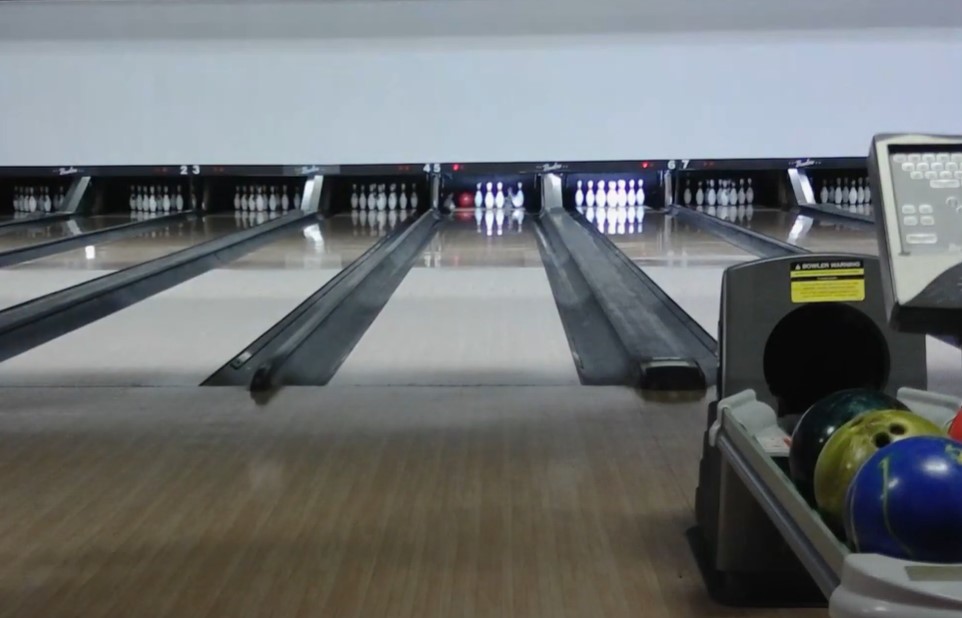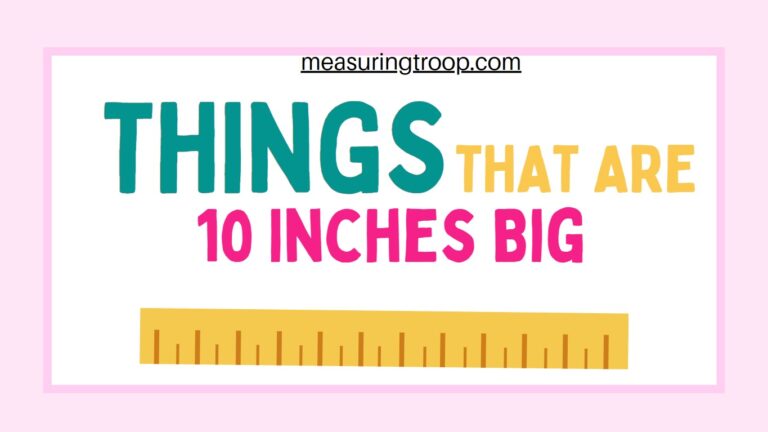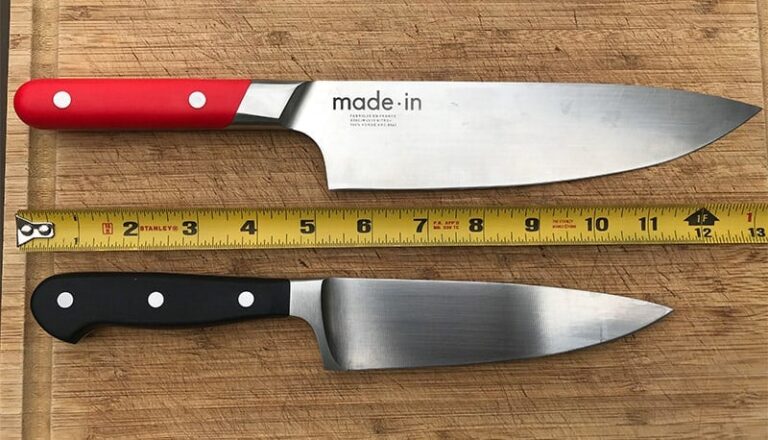How Wide Is a Bowling Lane with Gutters?

Bowling is a beloved recreational activity enjoyed by millions of people worldwide. Whether you’re a casual bowler or a seasoned pro, one of the fundamental aspects of the game is the bowling lane.
Bowling lanes are meticulously designed and maintained to ensure a fair and challenging playing surface. One key feature of a bowling lane is its width, including the gutters on either side.
How Wide Is a Bowling Lane with Gutters?
The width of a bowling lane with gutters is standardized to ensure consistency and fairness in the game. According to official regulations set by organizations like the United States Bowling Congress (USBC), which governs the rules and standards for the sport in the United States, a bowling lane’s width, including the gutters, must measure 41.5 inches (105.41 centimeters). This measurement includes both the pin deck and the approach area.
Let’s break down this width measurement further:
Pin Deck:
The pin deck is the area where the ten pins are set up in a triangular formation at the end of the lane. Its width is exactly 3 feet, 6 inches (42 inches or 106.68 centimeters).
Approach Area:
The approach area is the portion of the lane where bowlers make their approach and release the ball. It typically extends 12 to 16 feet from the foul line toward the pin deck. The width of this section is the same as the rest of the lane, which is 41.5 inches (105.41 centimeters).
Gutters:
The gutters are the two channels running alongside the lane on either side. They serve as the out-of-bounds area where a ball is considered “dead” if it falls into them. Each gutter measures approximately 9.25 inches (23.5 centimeters) in width. These gutters are usually made of durable materials like wood, synthetic materials, or metal.
It’s important to note that these measurements are standardized to ensure a level playing field for all bowlers. Consistency in lane width ensures that the game remains fair and that bowlers can compete on an equal footing regardless of the bowling alley they visit.
Dimensions of a Bowling Lane with Gutters:
A standard bowling lane is 60 feet long from the foul line to the headpin. The lane itself is 42 inches wide. However, when you include the gutters on either side, the overall width of a bowling lane with gutters is approximately 60 inches or 5 feet.
Width of the Gutters:
The gutters on either side of the lane are approximately 9.25 inches wide. This measurement is taken from the edge of the lane to the beginning of the pit.
What is a Bowling Lane Made Of:
Bowling lanes are typically made of a combination of maple and pine wood. The approach area, where the bowler stands before releasing the ball, is made of a different material, often synthetic or a combination of synthetic and wood.
Bowling Lane Layout:
A bowling lane is divided into three main sections: the approach, the lane, and the pin deck. The approach is where the bowler stands, the lane is where the ball is rolled, and the pin deck is where the pins are set up.
Arrows on a Bowling Lane:
The arrows on a bowling lane are used as targeting aids for bowlers. They help bowlers aim their shots by providing reference points on the lane. These arrows are typically located about 12 to 16 feet from the foul line.
Space Required for a Bowling Alley:
The space required for a bowling alley depends on the number of lanes and the layout. A standard recommendation is about 2,000 to 3,000 square feet per lane, including space for seating, equipment, and other facilities.
Bowling Alleys Sloped or Flat:
Bowling lanes are generally flat. The surface of the lane needs to be level and consistent to ensure fair play. However, there is a slight slope, known as the “lane incline,” which helps guide the ball toward the pit area. This incline is very subtle, usually around 1.4 degrees, and it is not something that bowlers typically notice during play.
FAQs (Frequently Asked Questions)
Why are the gutters on a bowling lane important?
The gutters serve as the out-of-bounds area in bowling, and balls that enter them do not count toward the score. They add an element of challenge and skill to the game, as bowlers must carefully aim and control their shots to avoid the gutters.
Do all bowling lanes have the same width with gutters?
Yes, for standardization and fairness, most bowling lanes around the world adhere to a width of 41.5 inches, including the gutters. This ensures that the game’s difficulty and conditions remain consistent across different venues.
Can the width of a bowling lane with gutters be modified?
Altering the width of a bowling lane would require significant changes to the infrastructure, including adjusting the pinsetter and the approach area. It is not a practical or common practice to modify the width of a bowling lane.
Why is the approach area wider than the pin deck?
The approach area is wider than the pin deck to allow bowlers enough space to make their approach, balance, and release the ball comfortably. A wider approach area gives bowlers room to maneuver and optimize their shot.
What materials are used to construct the gutters?
Bowling lane gutters are typically made from durable materials like wood, synthetic materials, or metal. The choice of material may vary from one bowling alley to another, but they are designed to withstand the impact of bowling balls.
Are there different lane widths for different types of bowling?
While the standard width of a bowling lane with gutters is 41.5 inches, there are variations in lane dimensions for different forms of bowling, such as candlepin and duckpin bowling. These variations are specific to the rules and traditions of those games.
What happens if a ball goes into the gutters during a game?
When a bowling ball enters the gutters, it is considered a “gutter ball” or a “gutter ball out.” In most cases, the score for that roll is zero, and no pins are counted. The ball is typically returned to the bowler for their next attempt.
Conclusion
The width of a bowling lane with gutters is a crucial aspect of the game, designed to provide a fair and standardized playing surface for bowlers of all skill levels. With a width of 41.5 inches, including both the pin deck and the approach area, the dimensions are carefully regulated to maintain consistency across different bowling alleys.
Understanding the dimensions of a bowling lane, including the gutters, is essential for bowlers who want to improve their skills and for anyone interested in the sport. The gutters, in particular, add an element of challenge and excitement to the game, requiring precision and control to avoid them.
In conclusion, the next time you step onto a bowling lane, take a moment to appreciate the carefully measured width, including the gutters, that contributes to the enjoyable and competitive nature of this popular pastime. Whether you’re aiming for a strike or simply looking to have fun with friends and family, the dimensions of the lane are a fundamental part of the bowling experience.






